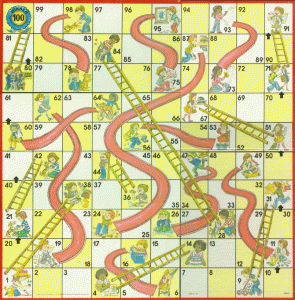For all you read about our bright solar future its pretty interesting to see the process in action. I’m not talking about designing and installing solar systems. I’m talking about the meeting of the industry’s trade association Solar CT that I attended yesterday.

I was glad to see a large turnout, easily 100 people, including my friends from PV2, an employee owned solar electric company. As we got down to business, there was good news.
The CT Clean Energy Fund is about to start spending $400million on solar domestic hot water systems. The money will go to both residential and commercial customers based on the occupancy/use in the building. This comes in addition to a successful and innovative solar electric lease program targeted at middle income households that many in the room were benefiting from. So far so good.
Next up, the CT Dept. of Labor. To them this is a new industry requiring the administration of rules and regulations that fall within their domain. Just like they do for plumbers and electricians. They announced a system of job classifications and an apprentice system with requirements for 4000 hours of training. Just like they do for plumbers and electricians.
A trained workforce is valuable. The trouble is that the work of designing and installing solar systems does not fit neatly into the model that works for plumbers and electricians. Right now things are working pretty well the way this “new” industry has managed for nearly thirty years. Someone capable and experienced designs the system and sells it. They manage two activities. Putting it on the roof and making some basic connections (think setting up a surround sound system – but with bigger wires). Then they hire (or employ) a licensed electrician to make the service connection (don’t try this at home).
The guys on the roof require a much less demanding set of skills than the electricians who make the connections. But the Dept. of Labor sees this as a single job description: PV Technician(level 1 or 2). But that’s really just so they can do their job, which is to be sure that people have passed tests and received training that emerging laws are requiring.
To this are added other government functions: The Dept. of Consumer Protection (to handle the licensing), the Dept. of Education (to establish and approve training programs), and the Dept. of Public Safety(to enforce codes and licensing).
Now I am the first to consider the functioning of a bureaucracy a misunderstood marvel. I value the attention paid to making this whole system work. It’s really staggering when you think about it (and think about what would happen in its absence).
But here’s the rub. Right when all this money is flowing, with appropriate urgency, to the renewable energy solutions we need deployed at a massive scale, this bureaucracy is operating as if the twentieth century never ended. They’re applying old models to a set of practices they don’t seem to understand. And their efforts are not strategically coordinated.
So what’s happening is, just as this roomful of people is poised to get out and install these national treasures, a Kafkaesque institutional hallway with window after window and form after form and person after person saying, “Next” is being erected.
The (sort of) good news is that this room was filled with knowledgable and experienced people who were trying to find seats at the right tables to help introduce this bureaucracy to the twenty first century and the realities of solar industry practices.
It feels like chutes and ladders. Let’s hope its not musical chairs.
